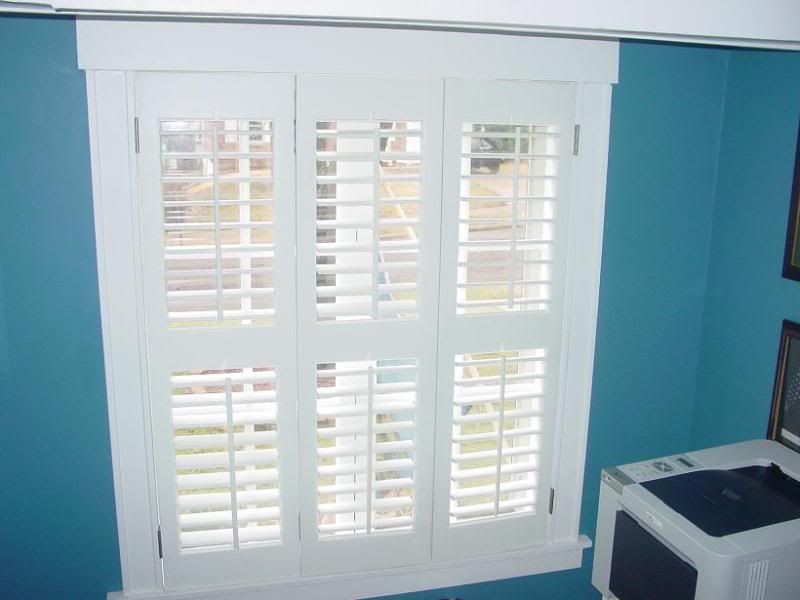A Festool perspective on Plantation Shutters
I’ve been thinking about a interior Plantation Shutters project for quite some time now, but because of some issues I’ve never considered to actually try and build some.
Of course the missing FOG Plantation Shutters post was the main reason! That’s why I thought it might be the right time to start a post dedicated to Plantation Shutters or simply “interior wooden louvered (adjustable) shutters“.
This is what I have in mind:
[attachimg=1]
One issue is of course the choice of material, especially for the adjustable panels and the large numbers you have to make. I would prefer white shutters, so finishing is an issue as well, because of the large quantity and my lack of skills and tools for a professional white paint finish.
Probably the first search result you get is the New Yankee Workshop video on Plantation Shutters:
http://www.newyankee.com/getproduct.php?0602
but in my opinion the panels and jigs take to much time.
I’ve also found a post on Woodwork UK:
http://www.woodworkuk.co.uk/forum/viewtopic.php?f=9&t=3592
but he used Iroko (similar to Teak) and the whole project is probably a little to solid and would better serve an outdoor use.
And of course there’s the FOG post from Brice Burrell:
http://www.burrellcustomcarpentry.com/subpage25.html
but unfortunately those are fixed shutters.
For inspiration purposes I’ve collected a few professional manufacturers and dealers:
http://www.kellyhoppenshutters.com/
http://www.shutterworld.co.uk/
http://www.shuttermedic.com/
http://www.martinshutters.com/
http://www.buyplantationshutters.com/home.html
So the question is, how would one approach this from a Festool perspective. It’s certainly not a problem to make the frames with the Domino, but how would you make the panels, what material, hinges, general design, etc.?
Any comment would be greatly appreciated and I promise to document the whole process with photos as usual.
I’ve been thinking about a interior Plantation Shutters project for quite some time now, but because of some issues I’ve never considered to actually try and build some.
Of course the missing FOG Plantation Shutters post was the main reason! That’s why I thought it might be the right time to start a post dedicated to Plantation Shutters or simply “interior wooden louvered (adjustable) shutters“.
This is what I have in mind:
[attachimg=1]
One issue is of course the choice of material, especially for the adjustable panels and the large numbers you have to make. I would prefer white shutters, so finishing is an issue as well, because of the large quantity and my lack of skills and tools for a professional white paint finish.
Probably the first search result you get is the New Yankee Workshop video on Plantation Shutters:
http://www.newyankee.com/getproduct.php?0602
but in my opinion the panels and jigs take to much time.
I’ve also found a post on Woodwork UK:
http://www.woodworkuk.co.uk/forum/viewtopic.php?f=9&t=3592
but he used Iroko (similar to Teak) and the whole project is probably a little to solid and would better serve an outdoor use.
And of course there’s the FOG post from Brice Burrell:
http://www.burrellcustomcarpentry.com/subpage25.html
but unfortunately those are fixed shutters.
For inspiration purposes I’ve collected a few professional manufacturers and dealers:
http://www.kellyhoppenshutters.com/
http://www.shutterworld.co.uk/
http://www.shuttermedic.com/
http://www.martinshutters.com/
http://www.buyplantationshutters.com/home.html
So the question is, how would one approach this from a Festool perspective. It’s certainly not a problem to make the frames with the Domino, but how would you make the panels, what material, hinges, general design, etc.?
Any comment would be greatly appreciated and I promise to document the whole process with photos as usual.



